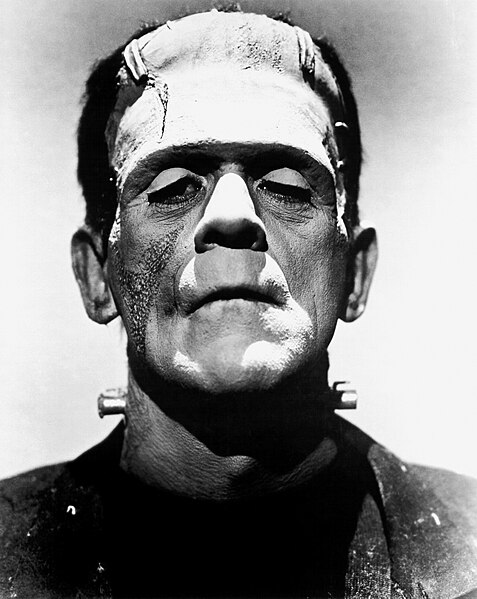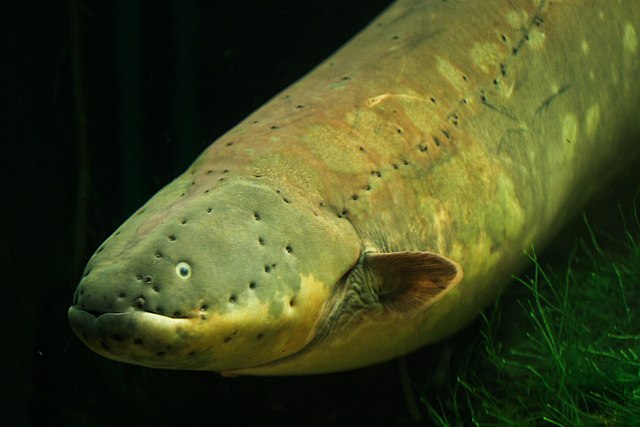Speculative evolution is a subgenre of science fiction and an artistic movement focused on hypothetical scenarios in the evolution of life, and a significant form of fictional biology. It is also known as speculative biology and it is referred to as speculative zoology in regards to hypothetical animals. Works incorporating speculative evolution may have entirely conceptual species that evolve on a planet other than Earth, or they may be an alternate history focused on an alternate evolution of terrestrial life. Speculative evolution is often considered hard science fiction because of its strong connection to and basis in science, particularly biology.
The Time Machine (1895) by H. G. Wells is seen by some as an early instance of speculative evolution and has been cited as an inspiration by later creators within the field.
A four-armed "Green Martian" riding a "thoat" from Edgar Rice Burroughs's Barsoom, a fictional version of the planet Mars. Illustration by James Allen St. John (1920).
A mock taxidermy of a rhinograde, using its nasorium to catch fish. Rhinogrades, created by Gerolf Steiner in 1957, are one of the earliest concrete examples of speculative zoology.
Author Dougal Dixon with a model of a "Strida", one of the creatures featured in his 2010 book Greenworld.
Biology appears in fiction, especially but not only in science fiction, both in the shape of real aspects of the science, used as themes or plot devices, and in the form of fictional elements, whether fictional extensions or applications of biological theory, or through the invention of fictional organisms. Major aspects of biology found in fiction include evolution, disease, genetics, physiology, parasitism and symbiosis (mutualism), ethology, and ecology.
Boris Karloff in James Whale's 1931 film Frankenstein, based on Mary Shelley's 1818 novel. The monster is created by an unorthodox biology experiment.
Jack London's 1912 The Scarlet Plague (reprinted in 1949) takes place after an uncontrollable epidemic.
Naomi Alderman's 2016 novel The Power imagines that women have electric organs like those of the electric eel, Electrophorus electricus, creating powerful electric fields with modified muscles. The pits along the electric eel's body are lateral line organs, used to detect prey by sensing small vibrations.
A 1990s gargoyle at Paisley Abbey resembling a Xenomorph parasitoid from Alien








